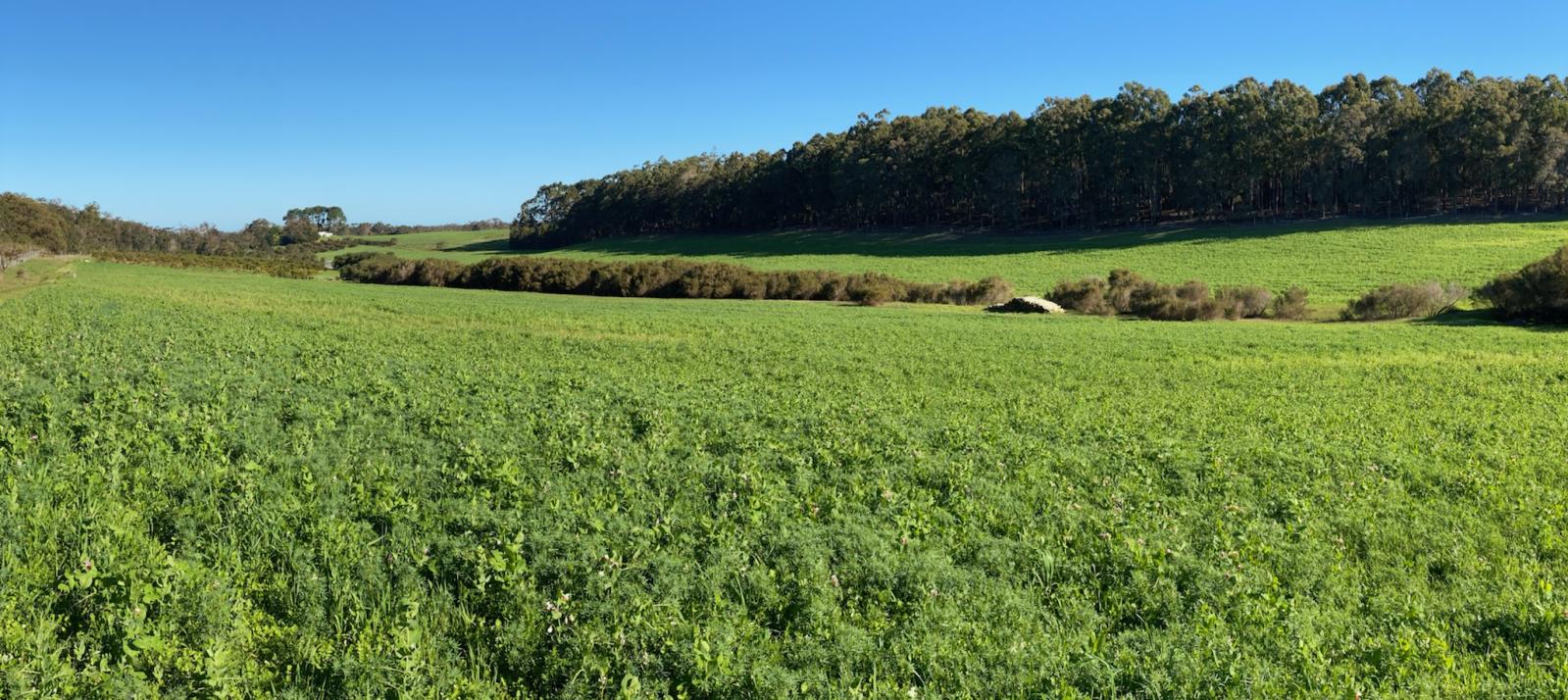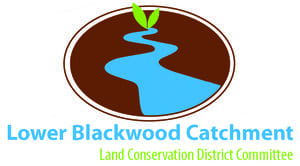
Mark Tupman
MemberForum Replies Created
-
Hi Will,
Yes, the RLEM is definitely making its presence felt around the place atm.
There is definitely something about healthy plants or plants growing in healthy soil that seems to impart red legged resistance as we commonly see healthy plants untouched while others in not such a good paddock are getting hammered.
The exact reason for this is still unclear but it is understood that plants with poor photosynthesis/low brix and poor nitrate/ammonium to protien conversion are more susceptible to attack from sap sucking insects.
There are certain nutrients needed for both these processes to work efficiently I.e. magnesium, iron, manganese, sulphur, molybdenum…
We can hedge our bets by applying a foliar spray of the nutrients needed along with fulvic acid to improve uptake, molasses for energy etc…
The recipe that Kate attached fits the bill but make sure to include the following optional extras from the list – molasses, magnesium sulphate, fish hydrolysate and sodium molybdate.
An application of this sort can be very beneficial and may help you overcome the RLEM problem.
-
Another important thing at this time of year is avoiding second bites to enable plants to make good recovery. Small breaks also help but time for the rest of the paddocks.
-
When it comes to potassium inputs, potassium sulphate is probably your best option.
It’s an allowable input in certified organic enterprises and has a relatively low salt index so not hard on soil biology.
-
Mark Tupman
Member23/03/2024 at 5:15 pm in reply to: Do Annual Cover Crop Mixes Have a Place in Grazing ProgramsThe most important thing is getting them in the ground soon. Everything else is a bonus.
-
Where do you start 😏
Some good ones on here.
https://johnkempf.com/johns-recommended-reading-list/
johnkempf.com
John's Recommended Reading List
“The mind, once stretched by a new idea, never returns to its original dimensions.” ~ Ralph Waldo Emerson I believe constant learning is an imperative, and should be enjoyable. I find learning something new about life and living processes to … Continue reading
-
Hi Eric,
Cheers for your input. I couldn’t agree more that the “don’t graze it down too much theory” leads to selective grazing. I’ve done the total grazing course with Jamie Elizondo and got a lot out of it. I’m seeing great benefits from putting the principles into practice in terms of soil health, diversity of species, generation of biomass and animal wellbeing.
I particularly enjoy seeing the thick layer of carbon and manure on top of the soil after they knockdown the vegetation that was stockpiled over the green season, and how well perennial species are going under this sort of management.
🙂
-
-
Hi Dan,
Liquid fertilizer analysis’s can be done through Environmental Analysis Laboratory in NSW.
https://www.scu.edu.au/environmental-analysis-laboratory—eal/
scu.edu.au
Environmental Analysis Laboratory - EAL - Southern Cross University
EAL main page and services provided
-
Mark Tupman
Member28/04/2024 at 9:34 am in reply to: Percentages of species and the sub species in a multi mix pastureHi Michael,
For grazing purposes a general recommendation would be to use a standard ryegrass and clover mix that had early, mid and late season varieties in it and add some other hardy, graze tolerant species into the mix for diversity.
My suggestion would be to lower the usual rate of ryegrass and clover by around 30% and add 1-2kg of a brassica like tillage radish or forage rape, 1-2kg of chicory, 1-2kg of plantain, a couple of kilos of serradella and around 25kg forage oats or barley for early feed.
-
Mark Tupman
Member16/04/2024 at 12:51 pm in reply to: Photosynthesis, Oxidation & the Energy EquationHi Laura,
that’s a great question.
Firstly, oxygen is definitely needed in the soil for respiring microbiology and plants but we need both good oxygenation and restricted oxygen environments in our soils to support different microbe groups and processes. This happens with good soil aggregation, where air flows freely between the gaps of, but not so much into, soil aggregates.
Secondly, the amount of energy in our soils is in a state of flux as energy is generated and used. We must ensure that sufficient energy in the form of carbohydrate’s are being generated by plant photosynthesis to fuel good aerobic activity.
In this case, it’s not really the excess oxygen that’s the root of the problem, it’s the lack of carbohydrate production and we need to try and improve the situation with better plant cover, diversity, growth etc… this is essentially a reduction process which is the opposite of oxidation I.e. energy gain instead of loss.
What we also need to do is minimise the amount of wasteful oxidation that occurs through practices such as tillage, bare fallow etc…that result in the burning of organic matter (stored energy) that is exposed to excessive oxygen and heat/sunlight, for no biological gain.
in summation, with things like excess cultivation, overgrazing, herbicide use, lack of adequate plant cover etc… our soils are are subject to wasteful oxidation and low energy supply.
To strike a balance, we need to make sure organic matter is being produced at a similar or greater rate to what it is being used or else the system starts to go South – organic matter declines, aggregation isn’t maintained, plant growth is compromised, microbial activity subsides and so on.
-
Mark Tupman
Member19/03/2024 at 9:33 pm in reply to: Do Annual Cover Crop Mixes Have a Place in Grazing ProgramsHi Vanessa,
Yes, it is quite hard to source such mixes ready made. We get custom mixes like this one made up for clients in bulk through Nutrien Ag/Bells but the order has to be over 500kg.
The goodies mix makes for a good base and yes, adding some of the other species mentioned and some clover is a good idea.
The thing is, most types of seed are only be available in 25 kg bags. Goodies do supply daikon radish so you might be able to get that off them by the kilo and you could maybe get a few kilos of linseed, buckwheat etc… from a health food shop?
Upping the legume quota in the mix wouldn’t hurt either.
Theres a real opportunity for more farmers to start growing and selling cover crop mixes and I know goodies are looking to add more into their mixes to come.
Good luck with it all 🙂
-
Mark Tupman
Member21/10/2023 at 7:44 pm in reply to: Perennial Pasture Species for High Rainfall Mediterranean RegionsSpot on
-
Great stuff Eric. Where are you? So good to have working examples underway 🙂
-
-
Hey Kate,
The premise is that unless you have exclusively ryegrass and clover paddocks, the stock won’t graze it down to a nice even hight, they’ll graze the best and leave the rest, so grazing it to a certain hight is kind of a mute point. They’ll also eat the leaves first and leave the stems. This can mean inadequate fibre intake at certain times of year and regrowth with a poor leaf to stem ratio.
The other thing with a more complete and harder graze is that you can set smaller breaks and get better utilisation of the forage which buys time on your rotations for recovery of species that need longer than annual ryegrass.



